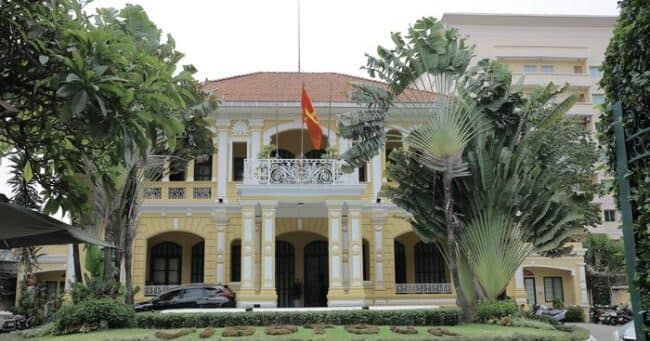Ancient Villas from the Perspectives of an Architect Who Loves Saigon
The old villas on the streets in District 3 always exist in Architect Khiem Nguyen’s lectures at the Ho Chi Minh City University of Architecture. As an admirer of historic architecture, he aims to share with students his passion for the beauty of traditional architecture that harmonizes with French and American styles dating back to colonial times.
Architect Khiem Nguyen has been involved in architectural design consultancy for projects related to heritage conservation and restoration for the past decade. Therefore, the old villas in Ho Chi Minh City are a treasure trove of information for his research and teaching.
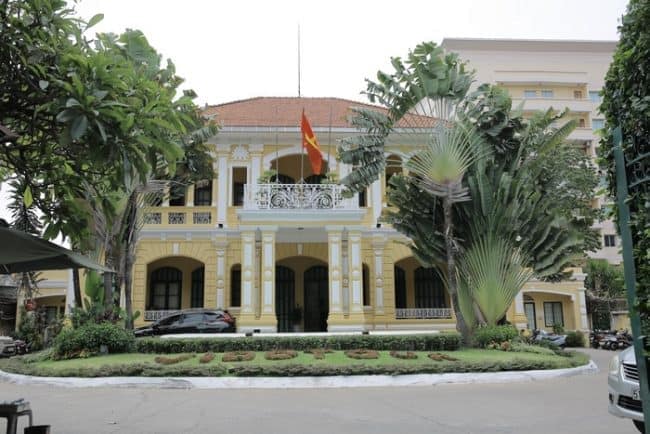
One of these ancient villas has been preserved in its original architectural style on Nam Ky Khoi Nghia Street, District 3. Photo: Thanh Hoa
Duy Tan Street, Shaded by Tall Trees
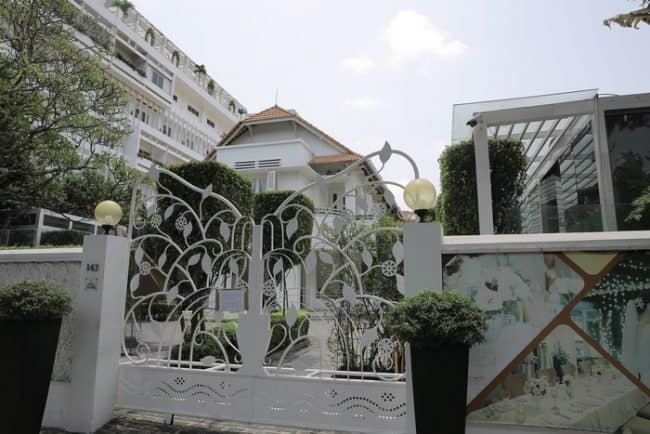
The architectural heritage of a city not only helps preserve its soul and identity during development but also attracts visitors from around the world. This is what Khiem Nguyen refers to as “heritage economics,” which should be preserved for future generations. Photo: Thanh Hoa
Architect Khiem has a collection of maps of Ho Chi Minh City from 1815, when it was still a walled city shaped by the local practice of “good land, birds perch.” According to his research, Ho Chi Minh City began as a water-based town. During the Nguyen Dynasty, it was known as Gia Dinh Province, situated next to the tranquil Saigon River.
Different cultures such as Vietnamese, Chinese, and Indian lived harmoniously here, shaping the open, generous, and liberal nature of the Southern people.
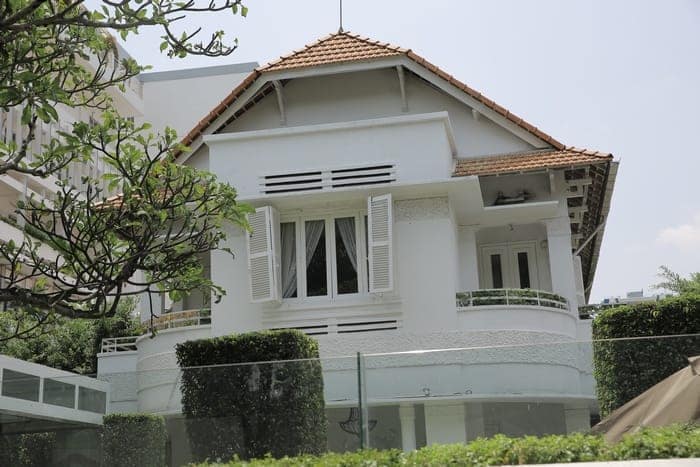
This old house is now used as a high-end restaurant in District 3. Photo: Thanh Hoa
Architect Khiem enjoys pairing musical works with his emotional response to the beauty of old Saigon architecture. He is particularly fond of the villas from the French colonial era and connects them with Pham Duy’s song, “Tra Lai Em Yeu,” which includes the line “Return to you the university skyline. Duy Tan Street, shaded by tall trees.”
Architect Khiem explains: “In the lyrics about student romances of that time, Pham Duy mentions the leafy streets and old villas that anyone who loves Saigon would remember when away.”
He notes that when the French arrived, they recognized the strategic location of the area not only for domestic trade but also for expansion into Asia and the world. Hence, they decided to develop the area from a marshy land reliant solely on agriculture into a European-style model city in Indochina.
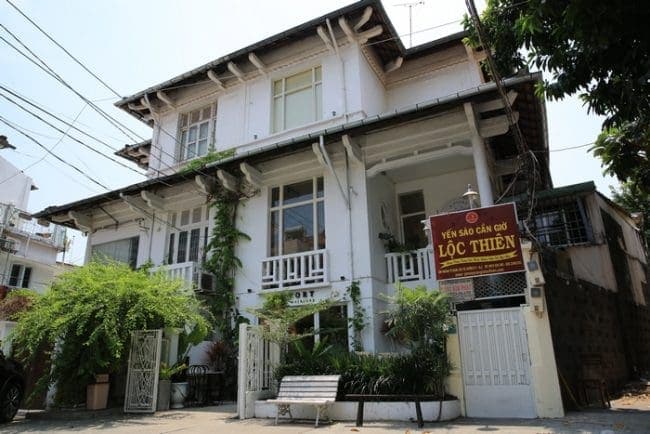
An old villa in District 3 is now used as a café. Photo: Thanh Hoa
Referring to maps from 1829, Khiem describes District 3 as an area planned by the French for high-class residential development. “At the time, District 3 was designed for residential use based on Western classical planning principles. The villa neighborhoods and low-rise houses were planned in a grid pattern to become high-end residential areas.,” he says.
According to Khiem, the villa neighborhood was designed to optimize land use and integrate green spaces for Saigon, accommodating up to about 300,000 people. Khiem shares: “Despite many ups and downs, these villas with their shaded tree-lined streets in District 3 are intertwined with the city’s history and have become part of poetry and music.”
Tradition Meets Modernity
Nowadays, District 3 still features old architecture, retaining a blend of traditional and modern styles.
Standing at the intersection of Tran Quoc Thao and Nguyen Dinh Chieu, Architect Khiem points to the old villas nestled peacefully behind century-old trees: “The French once dubbed Saigon the ‘Pearl of the Far East’ to describe its delicate beauty. Even now, District 3 retains the charm of that architectural era.” Around this area, many old villas still stand on Vo Van Tan, Ngo Thoi Nham, Ba Huyen Thanh Quan Streets, and so on.
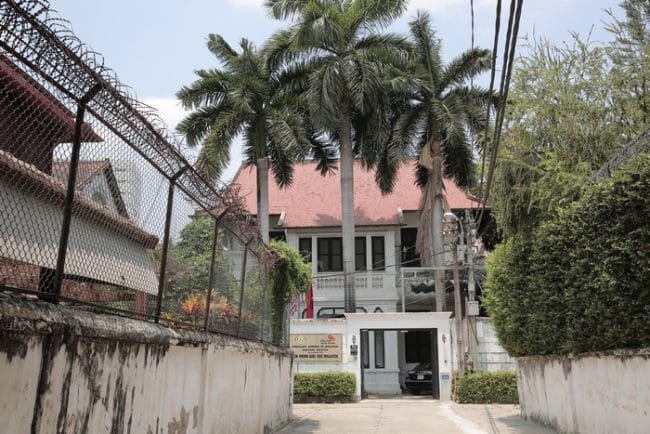
Old villas are often placed in alleys to separate living spaces from the outside. Photo: Thanh Hoa
Khiem notes that since 1898, these old buildings have developed a distinct identity based on tropical architecture and contemporary Vietnamese decorative patterns. When the French designed these villas, they adapted classic French styles to the tropical climate, incorporating features like open verandas, tiled roofs, and Oriental-style decorative details, creating a style known as “Indochine architecture.”
On these streets, there are few sidewalk vendors, and traffic is sparse due to one-way street layouts. Although the villas were designed in the French style, the French still respected Vietnamese culture. The decorative elements on windows, tiled roofs, and even the shading patterns on walls maintain the soul of traditional Vietnamese architecture.
According to Architect Khiem Nguyen, the innovations brought by architects of that time included using reinforced concrete to build taller and larger structures. Features such as iron balconies, arched gateways, wide hallways, and continuous windows were new imports from abroad, while the column shapes and shading patterns preserved the soul of Vietnamese rural design.
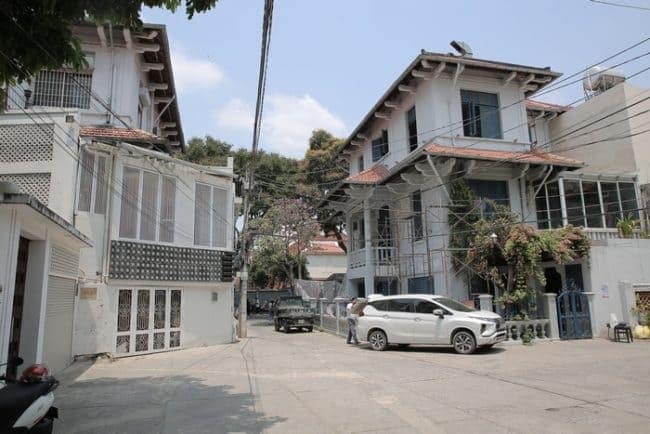
The alley on Ngo Thoi Nham Street features many old houses, some of which are being renovated. Photo: Thanh Hoa
A World of Creativity
In the old villas of District 3 lies a world of creativity. For instance, the villa at 110–112 Vo Van Tan, also known as the Phuong Nam villa, reveals many artworks on its walls as layers of paint are stripped away during restoration. These artworks seem connected to the owner’s travels, with wall paintings depicting various Eastern cultures. The classical architecture, with materials sourced from Indochina at the time and suited to the tropical climate, has endured for nearly 100 years. This villa is listed as having historical, cultural, and architectural value that needs to be preserved in its original condition. According to Architect Khiem, these old villas are not only cultural heritage but also bring about economic value and form the foundation for the city’s future architecture.
My Huyen


